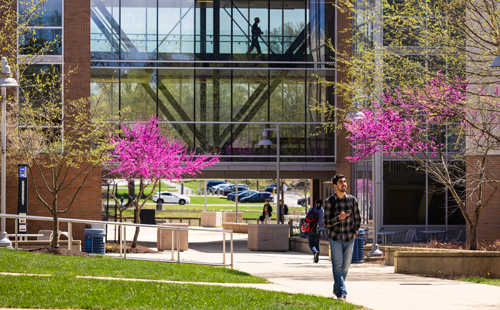Many high school students struggle to find motivation to come to school every morning. The same repetitive routine again and again often tires students out, giving them less of a reason to come into school daily. School work and lectures can become very tedious very fast causing boredom to set in. But, by incorporating more field trips into class itineraries, students will feel more excited to go to school each day and will be able to absorb material they learn better.
It is no question that high school students quickly get exhausted from constant assignments and after-school activities, but when this work feels like an endless cycle of nothing new, motivation dwindles rapidly. If high schools were able to add more field trips into their curriculums, students may feel more inclined to go to school in order to attend them.
Additionally, hands-on learning is one of the many methods that has proven successful for many students. When students are able to attend field trips and observe and experience things first-hand, they will be more likely to be able to remember it and apply it to their in-class studies.
According to Bay Atlantic University, hands-on or visual learning allows students to develop more critical thinking skills by processing information over pictures, charts and experiences. This also allows learning to become fun and interactive instead of a demanding cycle of lectures.
Some schools have already implemented field trips into their curriculum and programs. By allowing students to take frequent outings and learn from real life experiences, they are able to grasp a better understanding of various concepts and therefore perform better on their assessments.
If these strategies were to be integrated into WCHS curriculum, students would be able to stay more engaged and motivated with their schoolwork. By assigning preparatory work leading up to the field trip, excitement would build, allowing them to be motivated and stay engaged throughout their classes. Additionally, students could reflect on their own experiences and apply them to the lessons they are learning in their classes.
Although some students prefer lecture-based learning, believing it to be more effective, hands-on learning has been proven to work for many people. While lectures may seem more influential on learning, it is quite the opposite. Many students can get easily distracted during long lectures and resort to other activities including finishing work for other classes, playing games or even daydreaming.
According to a study by the National Academy of Sciences, students learn more through active learning (another word for hands-on learning) than lectures and perform higher on assessments after participating in active learning. Despite this, some students still prefer lecture-based learning. But, by combining both active learning techniques and short lectures, students are able to reach their full potential while in school.
Alongside the higher student motivation that increased field trips can bring, students may begin to view school as more enjoyable in various aspects, which is beneficial to all schoolwide experiences. This will give students less of a reason to roam the halls during class time and allow teachers to focus more of their energy on their teaching duties, rather than having to get students’ attention to make sure they are on task.
By adding more field trips to various courses, students will be able to better process the information they are being taught, and be more motivated to come to school. This would greatly improve the WCHS educational climate and allow for more students and teachers to reach their full potential with both learning and teaching, respectively.








